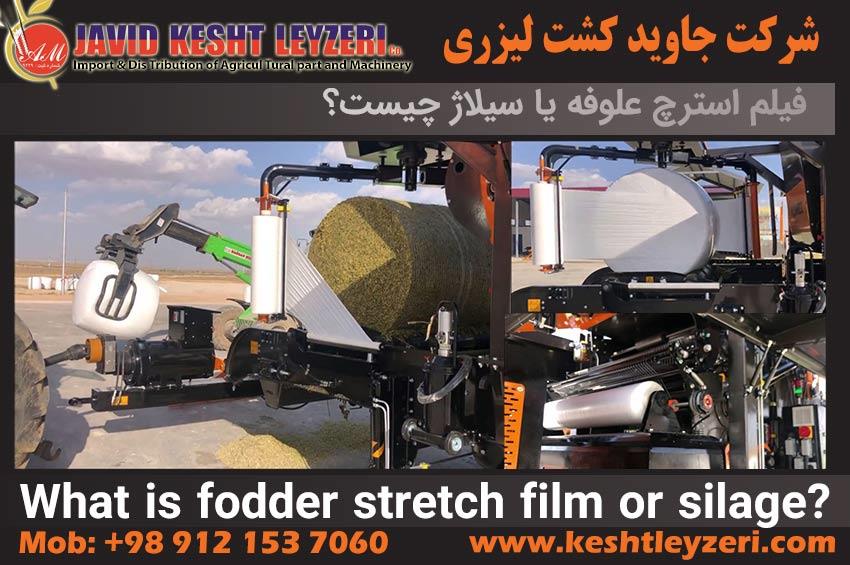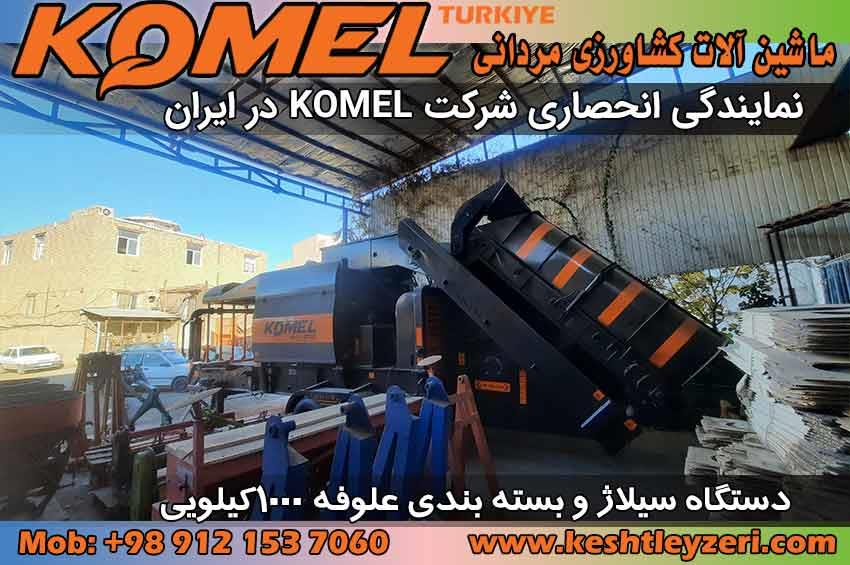
What is fodder stretch film or silage?
javid keshtleyzeri Co.ltd
Plastic silage vacuum roll film, commonly known as silage film, is used in the forage silage process. This type of plastic is used to protect the fodder from air and moisture, so that the black pattern creates a vacuum and reduces the contact between the outside air and the fodder. In fact, the roll of fodder silage film is a type of polymer film that is used to preserve and store fodder and buy and transport it. This film has many features that make it superior to traditional fodder storage methods.
stretch fodder
Today, the packaging industry has evolved dramatically. Different types of packaging are used for each type of material and device that we intend to pack. For example, for packaging agricultural products such as fodder and grains, a type of nylon packaging called stretch fodder is used. In this article, we want to focus on the review of stretch fodder and the types of this type of packaging and its benefits.
What is fodder stretch film or silage?
The use of plastic in the agricultural process is not much considered, but when it comes to the storage and storage of fodder, grains and other such products, the use of plastic and nylon fodder packaging is a good choice.
Fodder stretch film, which is also known as fodder stretch wrap or silage, is a type of nylon made of polyethylene, which is usually multi-layered, with the aim of preventing direct sunlight and increasing the life of fodder and products. Agriculture is used.
Because it is important that farmers use this type of packaging to collect agricultural products, especially fodder, and try to use plastic silos in some countries. In Iran, due to the many advantages of this type of silos compared to the old bunker silos, many farmers and ranchers have turned to this type of silos because they can pack and transport agricultural products with it.
Features of fodder stretch film
One of the important features of forage silage film is the very low moisture that penetrates into the forage. This feature means maintaining the moisture and high quality of the fodder inside the film. In addition, the forage silage film protects from sunlight, which prevents the forage from decomposing and reducing its nutritional value.
Among the other advantages of the fodder silage film, we can mention preventing the growth of fungi and bacteria inside the fodder, preserving fodder in harsh weather conditions, and easy access to fodder throughout the year. Also, keeping fodder using silage film costs much less material and time than traditional methods.
Overall, forage silage film is an excellent way to store forage while maintaining its quality and nutritional value.
The vacuum film roll of fodder silage is a modern and efficient method for storing and preserving dry and chopped fodder. This process is carried out using a vacuumed plastic film, which improves the preservation of nutritional properties and the taste of the forage.
In this method, the fodder is first chopped and then placed inside the film roll. Then the film is placed evenly and firmly on the fodder and the envelope is stuck together using a good plastic sheet and all the air inside the package is removed. Due to the creation of vacuum pressure, this action guarantees the absence of air and maintaining the moisture of the fodder.
Using a vacuum film roll for fodder silage has many advantages. First of all, this method preserves the nutritional properties of the forage, so that it remains usable for animal feed. Also, this method reduces the risk of moisture, fungus and fodder spoilage and increases the lifespan of fodder. Plus, using this method, you can store your fodder in less space and use much less storage space.
Advantages of using fodder stretch film
Among the advantages of using vacuum plastic, the following can be mentioned:
1. Protection of fodder against all external factors such as sunlight, rain, wind and air pollution.
2. Further reduction of oxygen inside the silage and control of the process of converting sap into fodder.
3. Increase the percentage of dry fodder unit.
4. Increasing fodder resistance and reducing nutritional and economic wastage.
5. Maintaining the quality of fodder until the next harvest.
6. Reducing the destructive risk caused by weeds and pests.
7. Facilitating access to fodder during winter.






